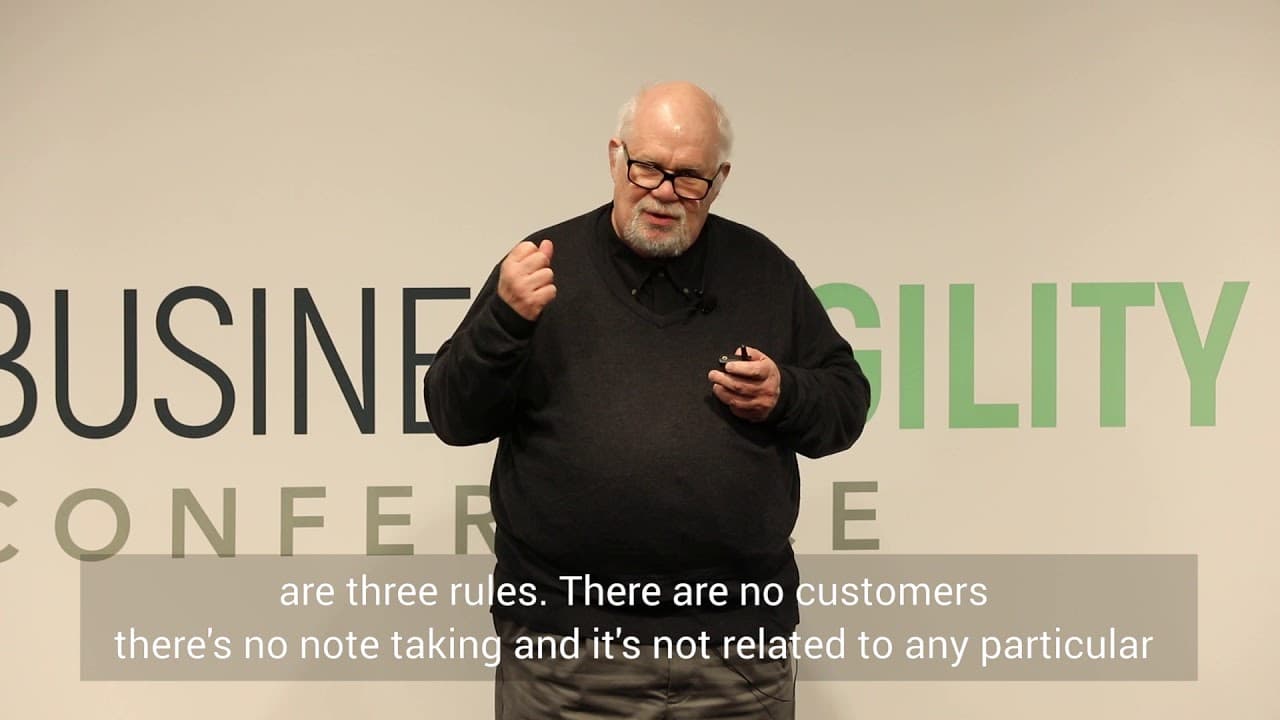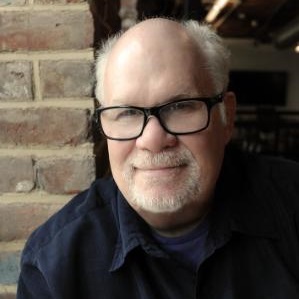These past two days have been great, haven’t they? I’ve really enjoyed this conference, and I want to highlight a couple of things that stood out to me. This is my first Business Agility Conference, and I didn’t know much about it before coming here. Two things have really impressed me:
- The openness to express vulnerabilities—this has been really powerful.
- The scope of what this group is trying to do—it’s beyond what I could have imagined.
I want to bring more of my company here next year, so hopefully, you’ll see more CarMax people in the future.
Why "Stop Talking to Customers"?
The title of this talk is intentionally provocative. Everywhere you go, you hear: “Talk to your customers.” Whether your customers are actual consumers, B2B partners, or internal platform teams serving other teams within your company, the advice is the same. But this is a story about how CarMax evolved beyond a tech-product culture into something bigger—business agility.
True to the spirit of the Practitioners’ Track, my goal today is to give you something you can take back with you—a tool you can try at home.
The Story of Hallmark and a Businessman's Insight
Once upon a time, a businessman would stand outside his store and watch people shop. As customers left, he would ask them why they bought something—or why they didn’t. This simple habit helped him grow his business.
That businessman was Joyce C. Hall, the founder of Hallmark Cards. Back then, greeting cards didn’t exist—he was selling postcards. But by talking to people, he realized they wanted to express emotions they struggled to put into words. That insight launched Hallmark Cards, and the rest is history.
Interestingly, Hallmark later employed a man named Gordon MacKenzie, who wrote Orbiting the Giant Hairball, a book about creativity in corporate environments. MacKenzie was also a professor to Tom and David Kelley—the founders of IDEO.
From Hallmark to CarMax
But I don’t work for Hallmark—I work for CarMax. I’m a used car salesman.
Let’s be honest—used car salesmen don’t have the best reputation. In Nielsen’s ranking of the most mistrusted professions, used car salesmen used to be dead last. We’ve now climbed to spot #79, right above Congress—so, you know, progress.
What drew me to CarMax wasn’t just the business but the company’s willingness to change at the peak of its success. Instead of resting on its achievements, CarMax decided to rethink its entire tech-product creation process—across digital platforms, service design, and brick-and-mortar locations.
The Shift to a Durable Product Model
At CarMax, we established a durable product model. The core team for each product vertical consists of:
- A product manager
- A lead developer (or "product engineer")
- A product designer
This triad moves the product forward, supported by an extended team orbiting around them. Influenced by thought leaders like Marty Cagan (Inspired), Jeff Patton (User Story Mapping), and Jeff Gothelf (Lean UX), we embarked on a dual-track agile journey.
In dual-track agile:
- Build to Learn (Discovery) explores the problem space.
- Build to Earn (Delivery) focuses on execution.
We focused intensely on customer outcomes, driving business impact as a direct consequence of delivering value to customers. And we nailed it—we even became a case study in Jeff Gothelf’s Lean UX (Second Edition).
The Problem: "Learn Churn"
Despite our success, something was missing. While we were moving fast, we weren’t always learning. Some teams were stuck in a cycle of learn churn—conducting research, but not gaining deep insights.
I thought back to Joyce C. Hall and his hands-on approach to customer understanding. I also explored work by:
- Mark Hurst—who pioneered the Listening Lab methodology.
- Indi Young—who wrote Practical Empathy and explored deep cognitive empathy.
What I realized was that our teams were applying the wrong kind of empathy.
Primitive vs. Cognitive Empathy
Empathy has many forms, but two types stood out:
- Primitive Empathy: The gut reaction—like wincing when you see someone cut their finger.
- Cognitive Empathy: A deeper understanding of emotions and motivations, developed over time.
Our teams were great at primitive empathy—quick reactions, intuitive responses. But they weren’t developing deep cognitive empathy, which requires time and sustained effort. So we created a solution: Listening Labs.
Introducing Listening Labs
Listening Labs are immersive, full-day sessions designed to help teams listen deeply. They follow three strict rules:
- No "customers." We talk to people—not just our existing customer base.
- No note-taking. Everything is recorded so participants can fully engage.
- No product focus. The goal is broad, contextual learning.
We structure a Listening Lab like this:
- 11:00 AM - 12:00 PM: Intro to empathy (optional)
- 12:00 PM - 1:00 PM: Lunch
- 1:00 PM - 2:00 PM: Listening session #1
- 2:00 PM - 2:30 PM: Story retelling
- 2:30 PM - 3:30 PM: Listening session #2
- 3:30 PM - 4:00 PM: Story retelling
The Impact of Listening Labs
These labs changed how we work. By focusing on storytelling rather than scripted questions, teams developed:
- A deeper understanding of the people they were designing for.
- More authentic insights into customer experiences.
- Greater empathy within their teams—breaking down silos and hierarchies.
At first, participation was voluntary. But as word spread, teams started signing up eagerly. Scrum Masters now schedule teams for quarterly Listening Labs.
Conclusion
CarMax’s transformation is ongoing. We are shifting from a rigid corporate structure to an agile, learning-driven organization.
Before Listening Labs, our homepage looked like a used-car lot. Today, it reflects a deeper customer focus—because we truly listened.
Thank you.



 The latest product process fad is talking to at least x-number of customers per week. Taken at face value, “talking to a customer” is pointless for two important reasons. First, you shouldn’t talk, you should listen. Second, “customer” is a business term that creates an “us versus them” mindset. How do we build a bridge of empathy?
The latest product process fad is talking to at least x-number of customers per week. Taken at face value, “talking to a customer” is pointless for two important reasons. First, you shouldn’t talk, you should listen. Second, “customer” is a business term that creates an “us versus them” mindset. How do we build a bridge of empathy?